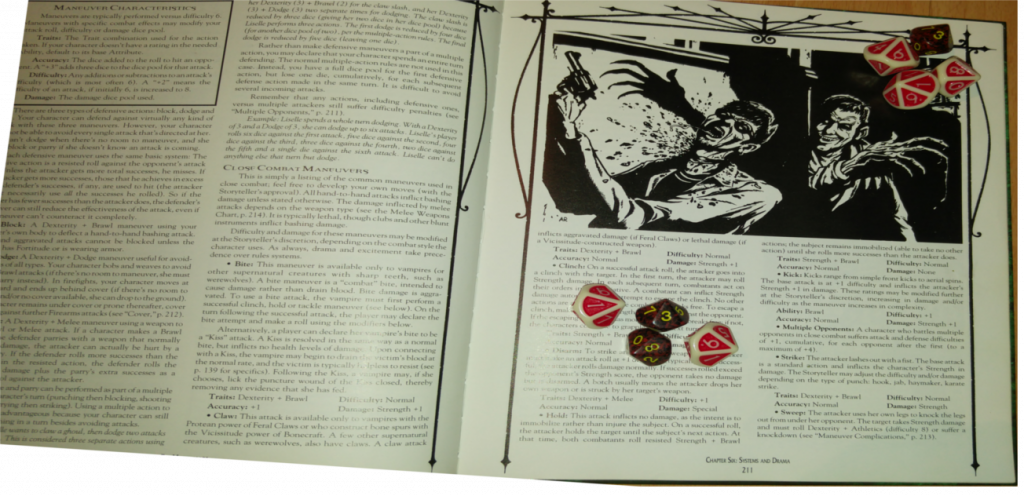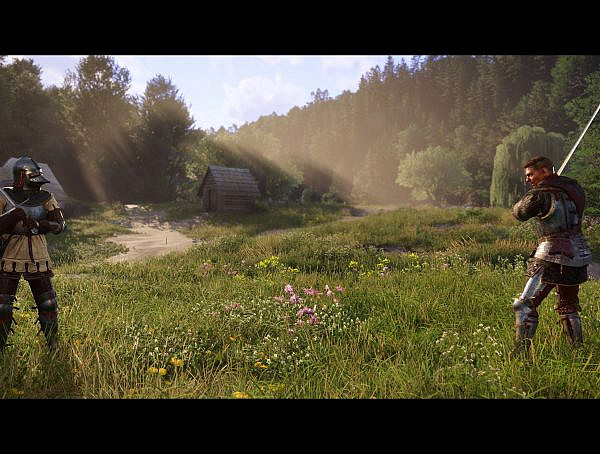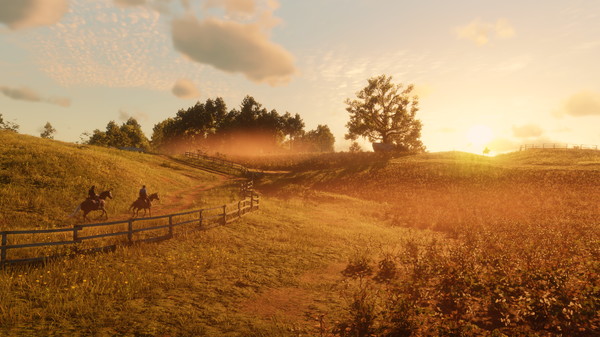The odd commonality between Kalevala and Cyberpunk 2020: Narrative Gaming as modern mythmaking #RPG #liveaction #narrative
Author Nicholas G. Cragoe’s article ”RPG Mythos: Narrative Gaming as Modern Mythmaking” draws a parallel between the folktales and mythic narratives of oral societies and the roleplaying games (RPGs) of print societies. More particularly, he analyzes the subject from the point of view of what he’s dubbed “live RPGs”, an umbrella term for non-digital roleplaying games that consists of table top roleplaying games such as Dungeons & Dragons and LARP (live action roleplaying). The article aims to broaden the scope of research into live RPGs, to further examine their social function and how they tie into larger cosmopolitan and individualistic cultural landscape of 21st century.
The author argues that there are five commonalities between the folk narrative and live RPG narrative:
- Exaggerated communication of expected norms, including reinforcement of dominance relationships.
- Providing a people with a sense of solidarity through shared history and common totemic symbols.
- Facilitating a sense of cultural empowerment through the portrayal of the victories of common cultural heroes.
- Creating a system of mastery and ownership over the heritage and characteristics of the society.
- Entertainment and leisure through nostalgia and imaginative experience.
In oral (illiterate/pre-literate) societies, myths and folk tales served a communal purpose in teaching the younger generation about the history and cultural norms of the tribe. In other words, it was used as a method of socialization in reinforcing collective memory, shared values and religious beliefs within tribe members. As their function was to strengthen in-group solidarity, they focused on familiar characters and archetypes of these homogenous and insular communities. A defining characteristic of these narratives is that they are malleable by nature: as they are retold countless times by different narrators, the stories change over time. They can also be consciously modified to make the narrative more topical, to ensure that the core message resonates with new generations with different mentalities as culture shifts and evolves over time. So a parallel can be drawn between the flexibility of oral tradition and the storytelling of a dungeon master in a pen and paper RPG.
The advent of printed media thoroughly altered the social function of the folk narrative. The creative freedom of the narrator was replaced by rigid homogeneity as printing machines would re-print untold numbers of the same telling of a story (even Kalevala is said to be only a snapshot of the story, which would constantly alter). Not only that, but printed media allowed these stories to travel far beyond the boundaries of their intended audience (the tribe/in-group). After that, readers who’d never met the storyteller could form a more individual connection with the narrative, ignoring its intended purpose of strengthening the bond between members of the tribe. That way, these stories became a way to expand one’s knowledge of other people, rather than solidifying connection to one’s own kind.
The author draws parallels between live RPGs and oral mythology in how both feature malleable narratives, are meant to entertain and involve communication of exaggerated fiction/fantasy that still embodies culturally familiar tropes in characters, relationships and events.
But he’s also quick to point out the differences between the two: as RPGs originate from the Western world (and they were invented after printed word became the norm), the RPG provides the participants with a space in which to practice individualism, so it does not serve the same societal function. Also, in live RPGs the audience (players) are active participants in shaping the narrative, not just the narrator (dungeon master). There are also structural differences between the two mediums, as an overarching ruleset guides the live RPG experience.
The crux of Cragoe’s essay is based on R.K Merton’s “Postulate of Indispensability”, which states that there are particular functions to be fulfilled within a society, which can be performed by different institutions in different times (and that these functions can simultaneously be performed by various non competing institutions, which may adapt to changes as time goes on). Thus he argues that the communal storytelling of live RPGs contains vestigial elements of the folk narrative tradition, as they fulfill a similar social function and act as the functional successor of those folk narratives in print societies. Finally, the author encourages other cultural theorists and empirical researchers to look into and pay greater attention to social function of live RPGs (and other popular narratives) and the cultural data they provide.
Original article: http://gac.sagepub.com.helios.uta.fi/content/11/6/583.full
You might also like
More from Game Research Highlights
How do you want to do this? – A look into the therapeutic uses of role-playing games
Can playing RPGs contribute positively to your wellbeing? A recent study aims to find out how RPGs are being used …
Eldritch horrors and tentacles – Defining what “Lovecraftian” is in games
H.P. Lovecrafts legacy lives today in the shared world of Cthulhu Mythos and its iconic monsters. Prema Arasu defines the …
Are Souls Games the Contemporary Myths?
Dom Ford’s Approaching FromSoftware’s Souls Games as Myth reveals the Souls series as a modern mythology where gods fall, desires …
















